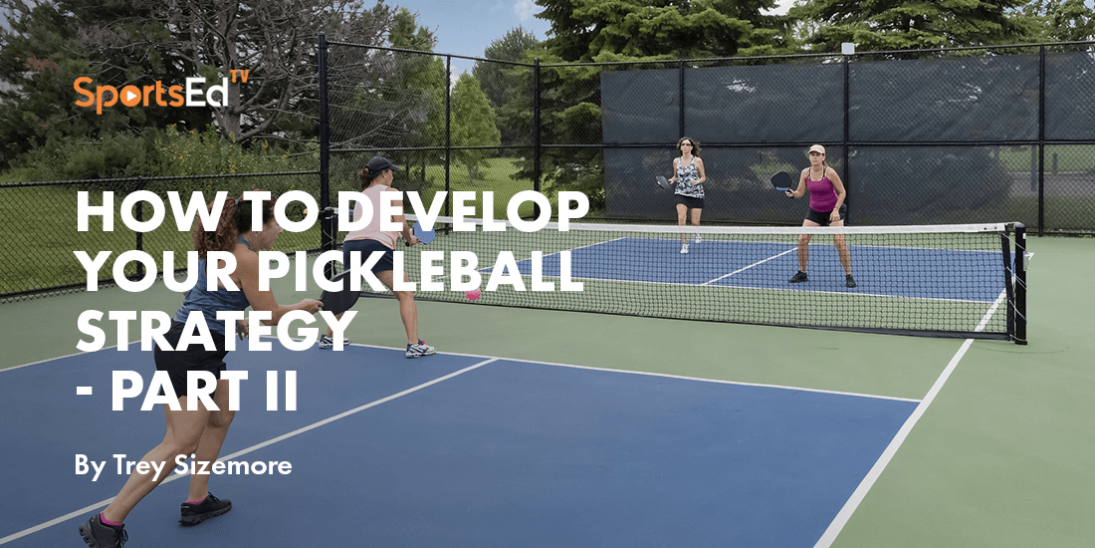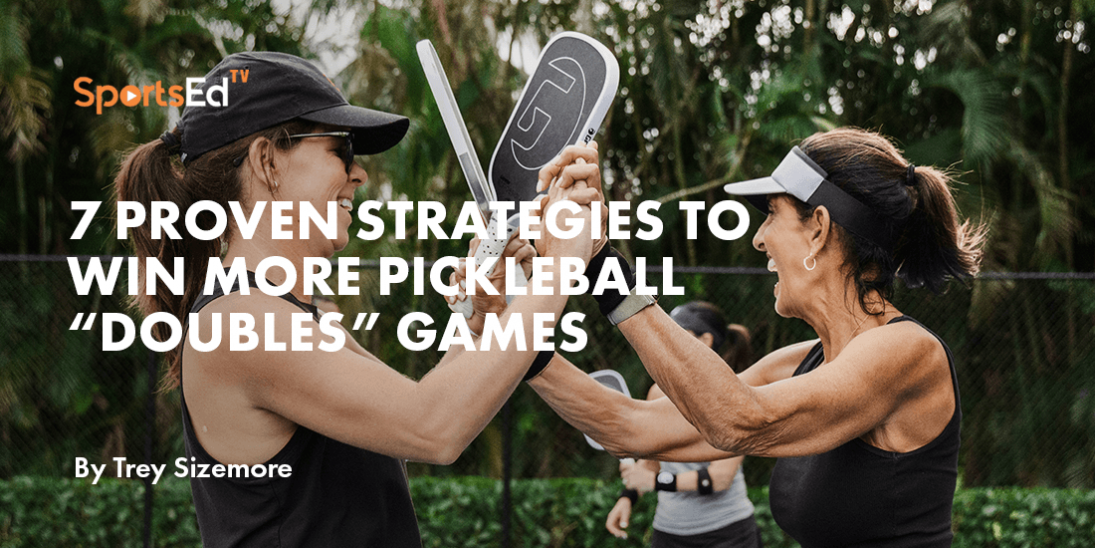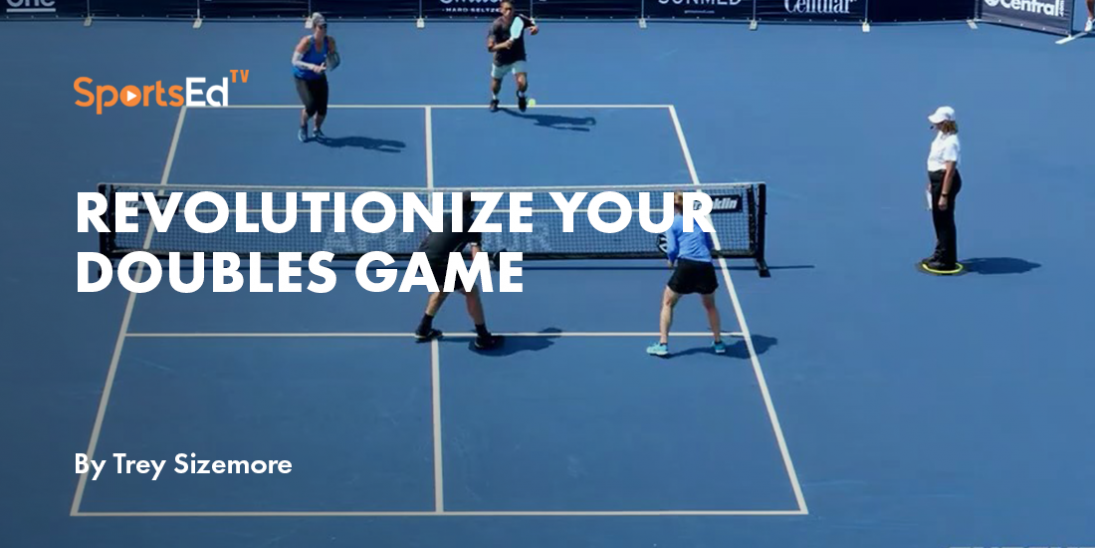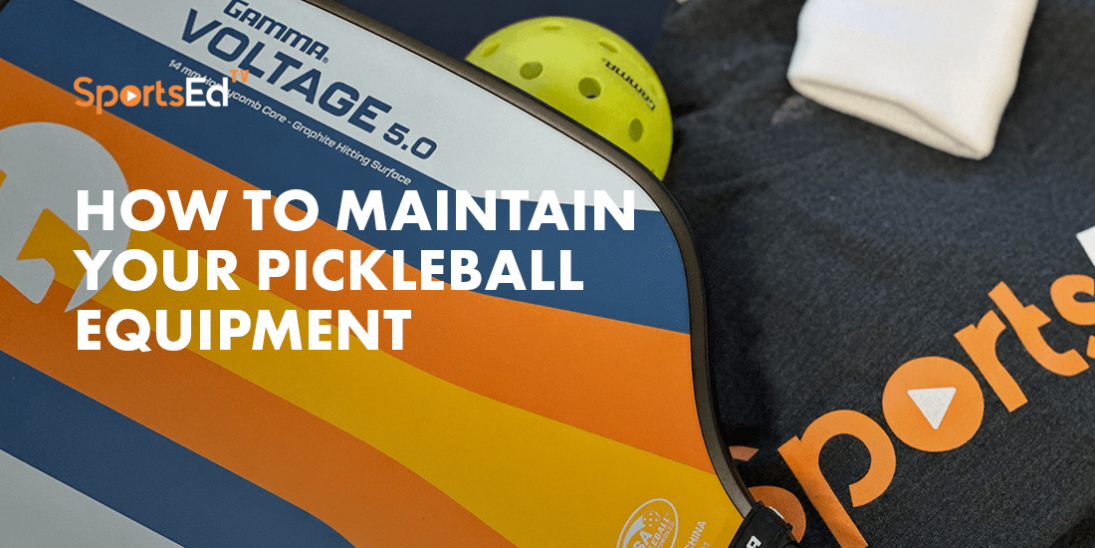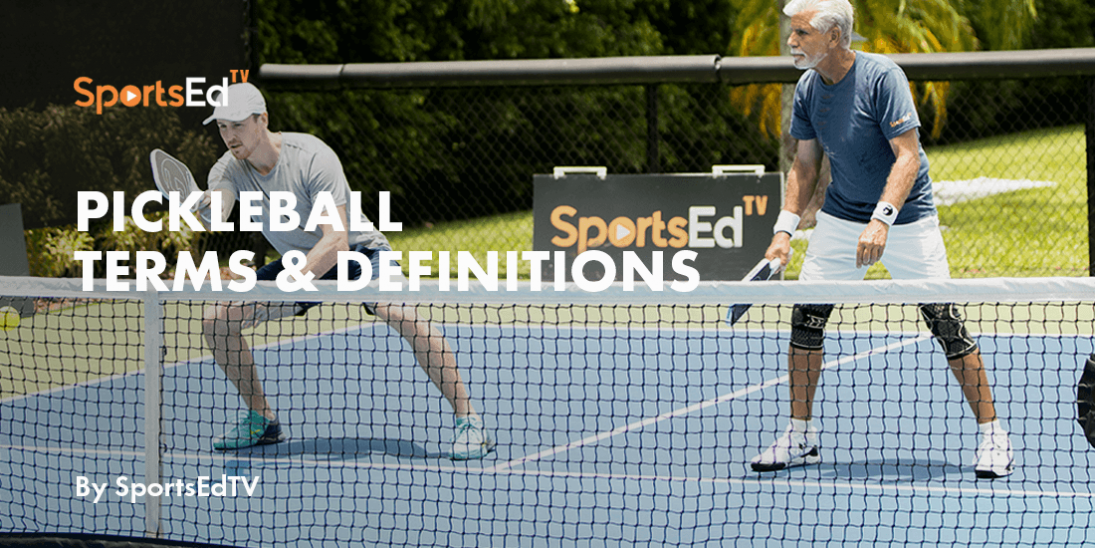Pickleball
Welcome and thanks for visiting...

How To Develop Your Pickleball Strategy - Part 1
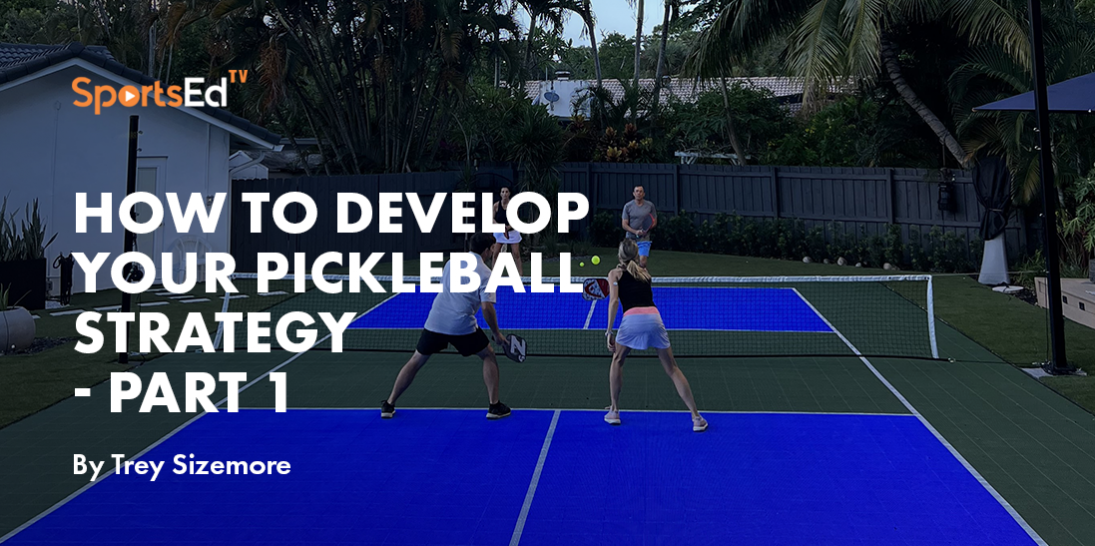
If you’ve been playing pickleball for any length of time, you may have reached a frustrating plateau where you don’t seem to be getting the results you feel you should. Just playing more does not lead to more wins on the court.
You might be losing to players you think you shouldn’t be losing to, your play is inconsistent, and you think you might need a new partner, or your partner is thinking maybe THEY need a new partner.
Inevitably, the question will come up…” How do I get better?” What is really being asked is, “How do I win more games more consistently against more skilled/experienced players?”
Three Pillars of a Pickleball Game
Improvement on the pickleball court can be found by improvement in any of the three foundational ‘pillars.’ Those three pillars are:
We can call these other names (method in place of strategy, execution in place of pickleball technique, mindset in place of mental...) but let’s go with the pillar names as outlined above.
Each is very important when it comes to improving our game and getting the results we desire on the pickleball court. In subsequent articles, we are going to go deeper into each of these to help ensure you are making your pillars as strong as possible.
But understand that these pillars are not created equally, and you must know which pillar to spend time improving to maximize your results at any given time.
In this article, we’re going to focus on the Strategy pillar. For most players, it is the dial we can turn that will have the most impact on improving our results.
Improving our technique is important because we'll fail if we can’t execute what we need to do. No question. But improving technique happens very quickly as we’re beginning our pickleball journey, and then the rate of improvement naturally slows. You can only make your volley that much better after a certain point. The difference between a crappy volley and an effective volley is much greater than the difference between an effective volley and an outstanding volley. Said another way, taking your volley from crappy to effective will get you much better results than taking your volley from effective to outstanding.
Likewise, being mentally strong on the court is imperative, and tight matches are won and lost by one team having more mental toughness when the match is on the line. This can be demonstrated on the court through exhibiting a lack of focus, the ‘yips’’ when serving, a lack of confidence in shot-making ability that leads to unforced errors, and more. So very important. But I also think of this as situational and less broadly applicable. You want to be mentally strong when it’s needed, but it won’t be needed all the time.
So, moving the dial for the strategy pillar will make the most noticeable improvements in our results and lead to more immediate improvement in the broadest possible circumstances.
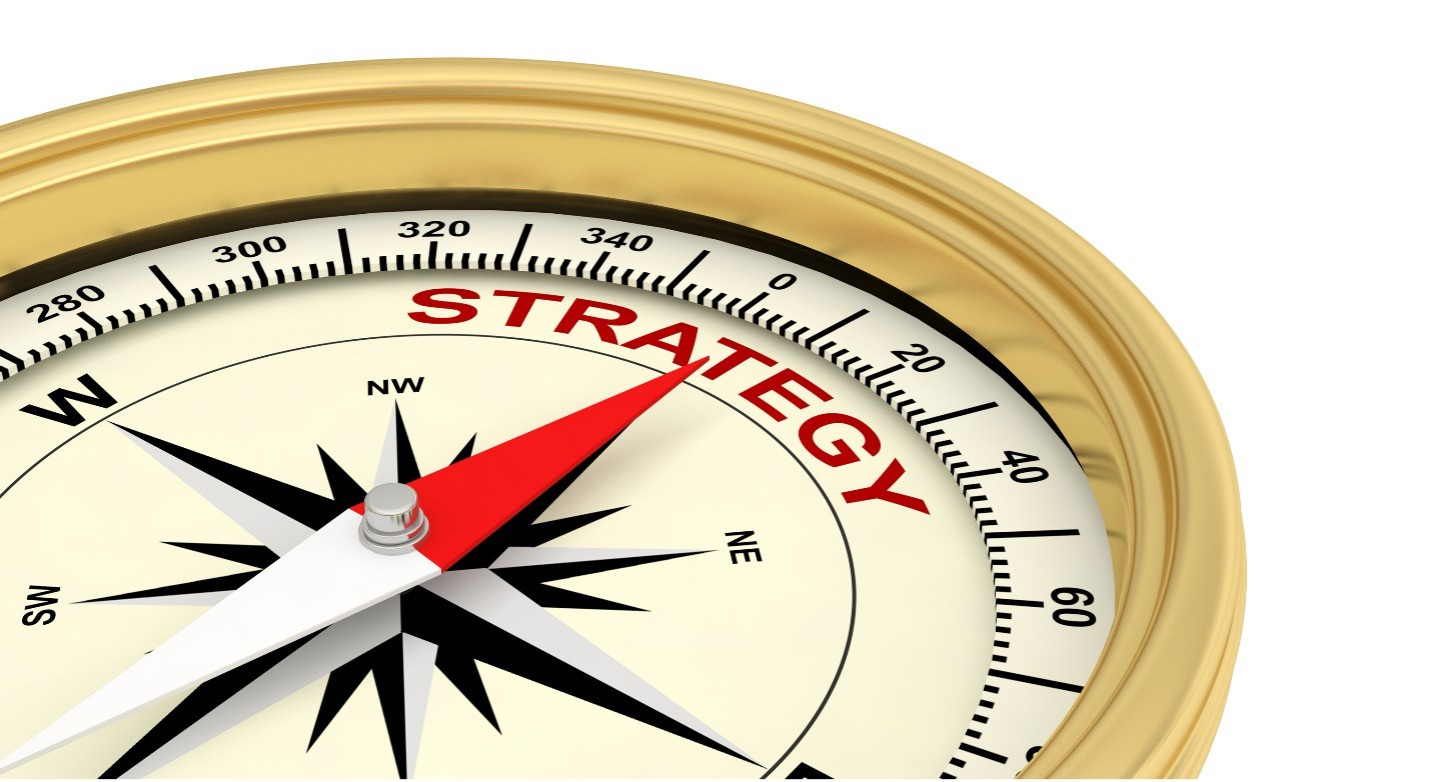
Pickleball Strategy
The greatest percentage of matches are lost (most broadly) by the team that had a poor strategy or, most likely, no strategy during the match.
Very tight games between evenly matched opponents can be lost due to the mental toughness of one team.
Past a certain level of skill attainment, a serve that is incrementally better than your opponents is often not what will tip the scales in your favor.
But having (and executing) a winning strategy on the court can significantly shift the balance in your favor. And this is why, very often, ‘less skilled’ teams beat teams that, on paper, they should lose to.
While I won’t liken a pickleball match to war, the quote from Sun Tzu is no less applicable on the pickleball court:
“Much strategy prevails over little strategy, so those with no strategy cannot but be defeated.”
â Sun Tzu, The Art of War
Many pickleball doubles teams will play on the court like two singles players. They aren’t taking advantage of having a partner on the court and using that person to their (and the team’s) advantage. When done right, you and your partner working together should be expressed as not only 1+1=3 but even 1+1=5 or 1+1=9!
You and your partner should complement each other’s play and act with their presence and position in mind. The most effective goal should be that you are moving and hitting shots in a way such that you are defending 100% of your court at all times. If you can do that, the odds of winning the point are stacked hugely in your favor.
Questions
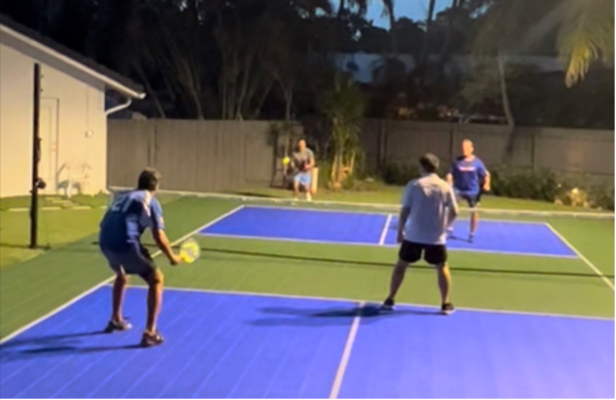
By not having a strategy on the court, confusion arises because we can’t answer questions like:
- Where should I be on the court at this moment?
- What ball is mine to take, and what ball should my partner take (balls down the middle, lobs...)?
- Where should I be hitting this ball? (What’s my highest percentage shot? Am I putting my partner in a bad position by hitting here? Are we still able to defend 100% of our court by me hitting this shot...?)
A good strategy should help you to answer these questions and remove the indecision that leads to confusion, frustration, finger-pointing, and unforced errors. A strategy helps ensure that you and your partner go into the game ‘reading from the same sheet of music.’ You’re both operating with the same goal and same understanding and are proactive in your actions rather than reactive. When you do this, you operate with greater levels of confidence and clarity. You are able to anticipate what your partner is going to do and can see one or two shots into the future. It really is playing at the next level!
Strategy Refinements
So, coming to the match with a strategy puts you ahead of most other players right out of the gate. The next consideration is when (and if) to deviate from your strategy. This is more nuanced, and you’ll get better with this with more gameplay.
But the advice here can be summarized as follows:
Adapt your strategy as the match progresses, but don’t bail out at the first sign of difficulty
Come to the match with your strategy for how you’re going to play against your opponents. Aspects of your strategy will often need to change from what your initial assumptions may have dictated. But in the majority of cases, it’s more about refining (or ‘tweaking’) your strategy vs. a wholesale abandonment of your strategy.
Here are some examples of when this might happen for a given strategy:
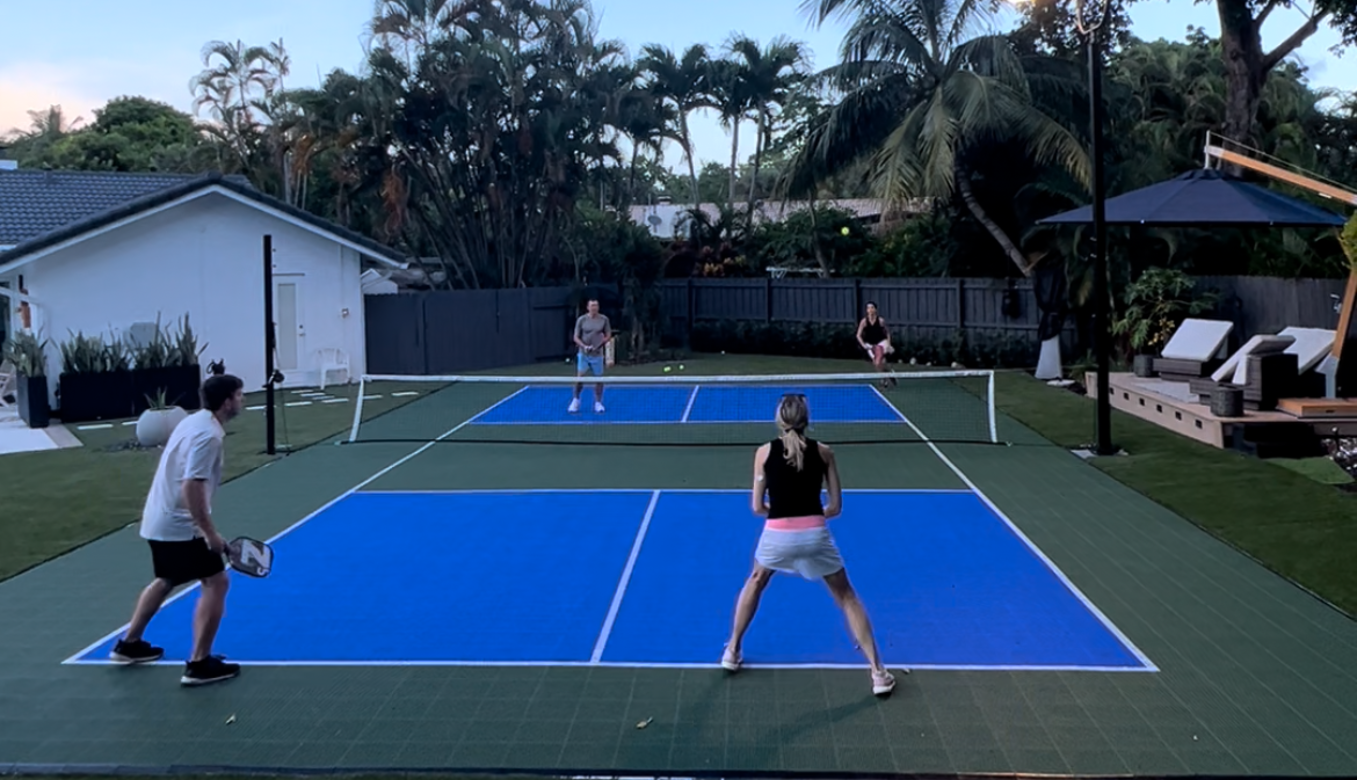
- Rather than having the returner’s partner (RP) up at the kitchen line to start the point, you may find having them begin back at the baseline is more effective if playing against bangers are proving too difficult to volley against.
- Rather than keeping opponents back in what is typically a more disadvantageous court position, you find bringing them up to the kitchen (where they might be less comfortable due to being poor volleyers) is better if they have been winning points playing from the baseline.
- Utilizing stacking and switching to get on the preferred side of the court or across from the desired opponent where you observe you’ve been having greater success
These are just a few examples, but the message here is to go in with an overarching strategy but be prepared to utilize ‘micro-adjustments’ in-match.
Use Video to Improve
One very effective way to improve your pickleball game in general, but especially when it comes to refining your strategy, is to video your matches and review them. Especially after a loss, but even after a dominating win it can be extremely beneficial to review where you were, did you do what you felt you should have (hitting the right shot to the right place), your position relative to your partner and more.
It’s remarkable what you’ll see now that you have the luxury of time and you’re not in the heat of the moment to get a view into things you likely missed during the point.
Trust me when I say this is a great (although admittedly sometimes painful) way to learn from the things you did (both right and wrong) during the match and adjust accordingly.
Next
In this article, we’ll dive deeper into an extremely effective strategy that can have you and your partner winning more games than ever before.



